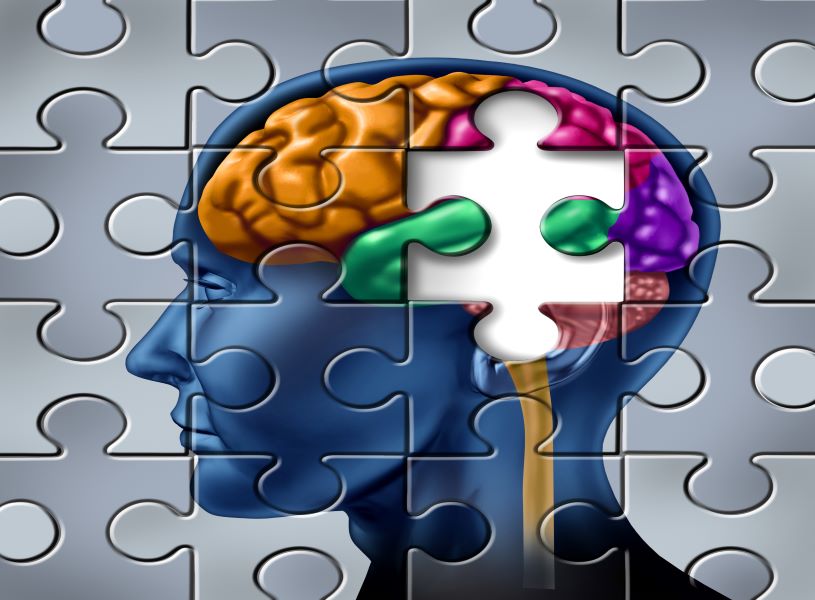

In the 1800s, death rates in maternity wards were alarmingly high. Women were better off giving birth at home than going to the hospital. One doctor observed that having treated the dying and infirm, his peers would walk straight to the maternity ward to assist.
He established that it would be much better if doctors washed their hands somewhere between handling sick patients and newborn babies. Despite compelling evidence, most doctors rejected this vehemently, with some becoming even more stubborn about not washing their hands. The doctor who made this discovery died poor, in a mental institution, long before his thinking was accepted as best practice.
This is an early example of the beliefs and biases people hold impacting decision-making, even in matters of life and death. We each have an inbuilt voice in our head that can support us or be our own worst enemy. For example, our brains are wired to avoid pain and seek pleasure, creating our tendency to make decisions that reward us in the here and now, without fully considering the long-term implications.
Neuroscientists have discovered that the parts of the brain that respond when we are facing life-threatening danger, are the same as those that kick into action when we are experiencing financial discomfort. Our brain surges into high alert and floods us with messages, which we instinctively process in the way we would have in the days of the hunter-gatherer facing the prospect of death. Our evolution has equipped us with a huge range of biases, or you might prefer to think of them as blind spots.
What matters is not reality, but our beliefs about reality. They trigger commands to our brain that, in turn, influence our behaviour. Although they can be a positive influence, they can also blinker us, rendering us unable to make rational decisions. Understanding the role these elements can play is an important part of financial planning, as it explains behavioural patterns and means we can work with clients to increase their likelihood of successful outcomes.
Over the coming months, our Behavioural Finance series of articles will provide insights and tools we can all use to give us an edge in our decision-making. Even a little self-awareness of our traits gives us an advantage that can be applied to financial decision-making, and decisions relating to the broader aspects of life. The result, greater financial wellbeing and better life outcomes.
What is behavioural finance?
To better understand the significance of Behavioural Finance, a good starting point is to consider the assumptions traditional financial theory relied on.
- Both the market and investors are perfectly rational
- Investors have perfect self-control
- Investors never make errors in processing information
As you can see, historically no provision has been made for the outcomes driven by human behaviour. Established in the mid-1970s, behavioural finance offers a change in perspective.
- Investors are ‘normal’ rather than rational
- They have limits to their self-control
- Investors are influenced by their own biases
- On occasion, investors make errors that lead to ‘wrong’ decisions
We only need to watch an episode of Who Wants to Be a Millionaire? to know that the second list is far more realistic. In particular, decisions affecting money are affected by a myriad of factors, with logic often having the smallest part to play.
The field of behavioural finance was established to bridge the gap between traditional economic theories and what we now know about human behaviour. There have been several Nobel prizes for economics awarded for groundbreaking research in this area, most recently by Richard Thaler in 2017.
Behavioural biases
Key to the study of behavioural finance is the concept of behavioural bias.
We are all prone to biases and emotional thinking which in turn influence our actions. But biases can have particularly far-reaching consequences when they involve our money and investments.
Biases relate to how we process information to reach decisions and the preferences we have. The biases tend to sit deep within our psyche and often stem from early formative experiences and attitudes to money that we were surrounded with growing up. These biases may serve us well in certain circumstances, protecting us and keeping us on the right track. However, at times they may lead us to make unhelpful or even damaging decisions.
We will look in more detail at these biases in later parts of this series, but in brief, we can break the main decision-making biases and errors into four categories:
- Self-deception
When we think we know more than we actually do, we tend to miss important pieces of information that we need to make an informed decision.
- Heuristic simplification
Heuristic simplification refers to the errors we all make from time to time in processing information correctly.
- Social influence
Broadly, how our ability to make decisions is affected by others.
- Emotion
An area we touched on already; how our ability to make rational decisions are affected by our mood and emotional state.
In the next few articles, we look forward to sharing stories that dig a little deeper on the subconscious behaviours that drive our decisions and bring you some valuable insights we can apply to your lives to enable a better understanding of our behaviours and how they affect our financial wellbeing.

